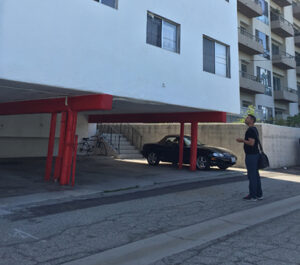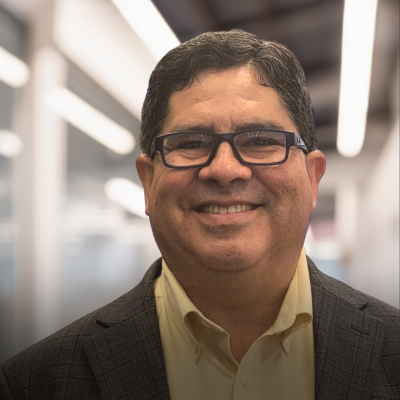 
On January 22nd, 2019, the City of Oakland joined other Bay Area cities by passing a resolution to institute a mandatory soft-story retrofit program. The resolution, introduced by Council member Dan Kalb and Mayor Libby Schaaf, is designed to save lives and reduce the potential for housing displacement in Oakland in the event of a major earthquake. The legislation requires that soft-story wood frame buildings with two to seven stories, five or more residential units, and built prior to 1991, be seismically retrofitted. The new program is similar to programs already implemented in San Francisco, Berkeley, Alameda, Fremont, and San Leandro. Which types of buildings are targeted under this ordinance? What is the time frame to comply with the mandatory wood soft-story ordinance?
What does it mean if a building owner receives a seismic ordinance notification? Where can I get further information on the Oakland seismic ordinances? For information on other city seismic ordinances, please click on the Degenkolb website. If there are any further questions, please contact: Lucie Fougner, Associate Principal at Degenkolb Engineers Kirk Johnston, Principal at Degenkolb Engineers |
Breaking News: City of Oakland to become the next city to implement a mandatory seismic ordinance
1.30.2019
Related Articles

Celebrating Growth: 2025 Mid-Year Promotions
At Degenkolb Engineers and Ruby+Associates, a Degenkolb Company, growth isn’t just about projects—it’s about people. As we hit the halfway mark of 2025, we’re thrilled...

Degenkolb Welcomes Jeff Roi Back to the Firm as Principal in the Los Angeles Office
Our firm is pleased to announce that Jeff Roi has rejoined Degenkolb Engineers as a Principal in our Los Angeles office. Jeff brings nearly 20...

Degenkolb Welcomes Walterio A. López as Principal in the Oakland Office
Degenkolb Engineers welcomes Walterio A. López to the firm as a Principal in our Oakland office. Walterio joins the firm with 31 years of experience...

2025 Embodied Carbon Action Plan
Degenkolb submits an Embodied Carbon Action Plan (ECAP) each year as part of our firm’s SE 2050 commitment. The ECAP is a report that outlines Degenkolb’s path...